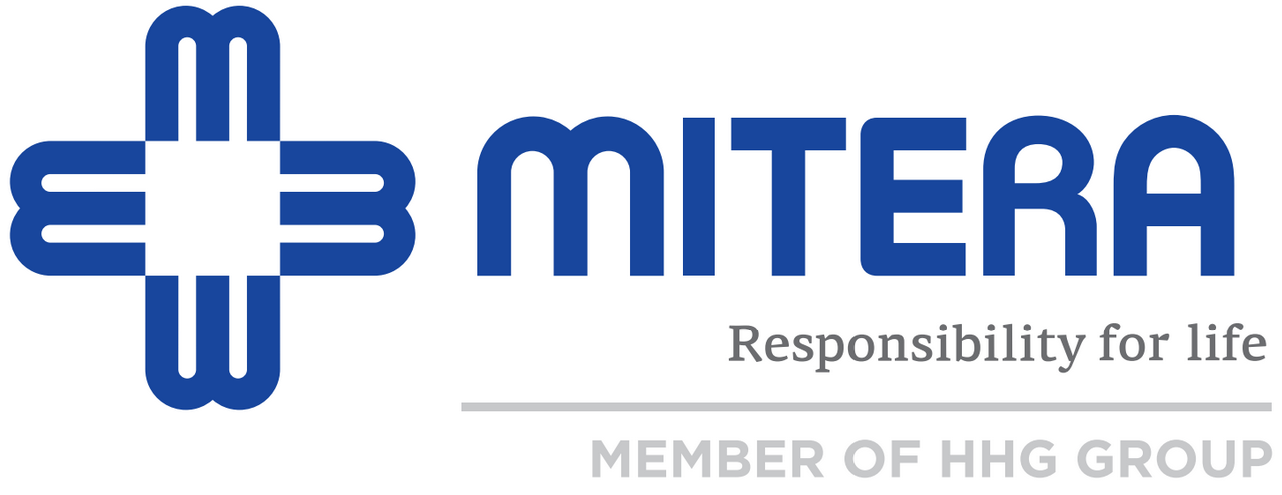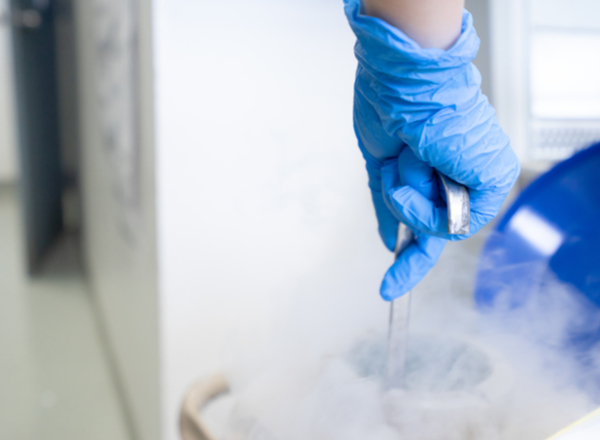What Solutions Does Egg Freezing Offer
By Panagiotis Kaliantzis
Obstetrician/Gynecologist, Scientific Associate of IVF MITERA
Currently, many women postpone marriage and pregnancy until after 35 or even 40, due to professional commitments. It is a well-known fact that female fertility decreases gradually after 35 and very rapidly after 40. As a result, many women who try to have children at older ages find it quite difficult and undergo many IVF attempts, while a great number of them resort to egg donation.
What tests should a woman undergo to check her fertility and at what age?
It goes without saying that prevention plays a significant role in medicine. Nowadays, it is possible to check a woman’s fertility (i.e. how easy it is for her to become pregnant and give birth) and it is preferable for these tests to be performed early, between 30 and 35 years of age. Once a woman knows how fertile she is, she can plan her future better.
The fertility tests a woman must undergo are hormonal tests (FSH, LH and anti-Müllerian hormone [AMH]) and transvaginal ultrasound, which checks the texture and size of the ovaries, as well as the number of ovarian antral follicles (AFC).
Hormone test results in combination with the transvaginal ultrasound provide a very good overview of a woman’s fertility. So, with all this information at hand, it is easy to provide proper advice.
What is egg freezing?
Egg freezing (oocyte cryopreservation) is a new assisted reproduction method that gives women the option to freeze their eggs and then choose when they want to have children. It has already produced excellent results and many children worldwide have been born through this method.
Egg freezing is mainly performed in the following cases:
- Women who want to preserve their fertility for professional or social reasons.
- Women who have cancer and are about to start chemotherapy or radiotherapy. It is a well-known fact that these treatments negatively affect fertility.
- Women with a family history of early menopause.
- For religious or ethical reasons. For example, for couples undergoing IVF who do not want to freeze their embryos for personal reasons, some eggs are fertilized and the rest are frozen.
How is egg freezing performed?
The treatment involves ovarian stimulation using hormones, which lasts about 9-11 days, so the woman can produce enough eggs to be frozen. The ideal number is 10-15 eggs.
The woman is monitored with ultrasound and blood tests during treatment and when the follicles reach an appropriate size oocyte retrieval is performed. This procedure is performed under mild anesthesia so that it is painless, and it lasts 15-20 minutes. After retrieval, the eggs are frozen in very low temperatures, using a new method called vitrification.
Eggs are cells with high water content. As a result, their membrane can be easily destroyed through the creation of crystals during freezing and thawing. Vitrification achieves very high rates of egg survival after thawing and high pregnancy rates.



